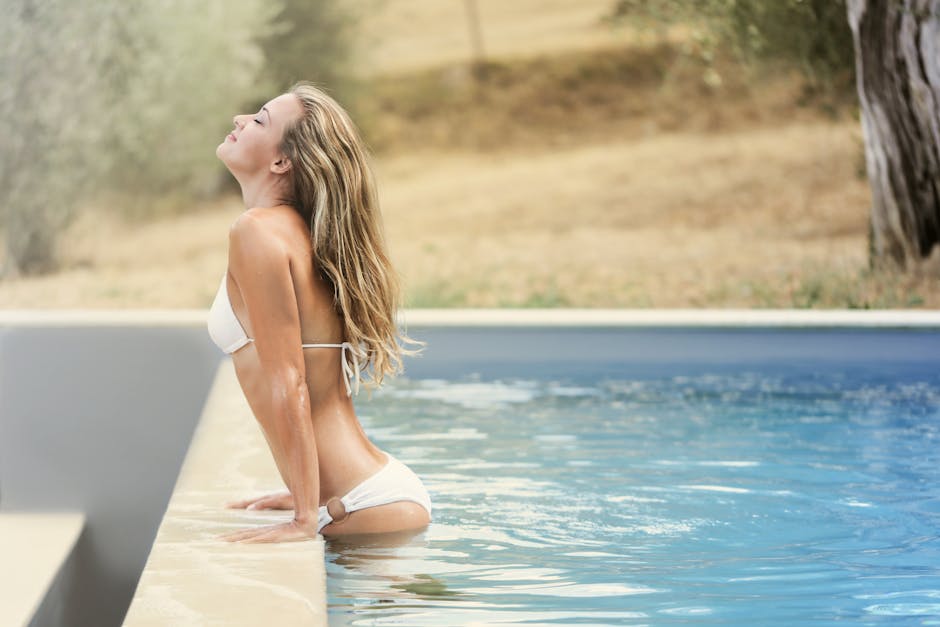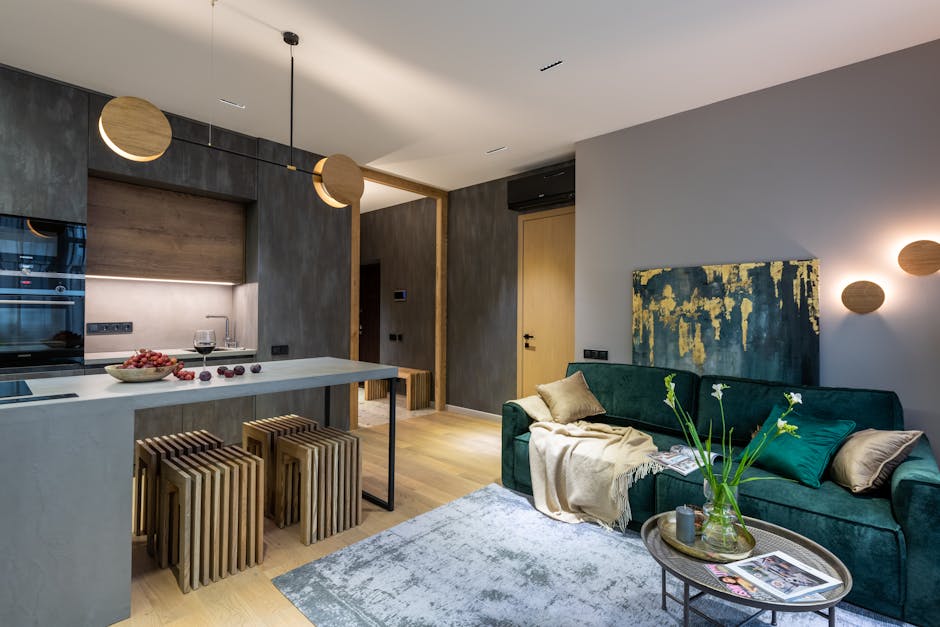Tired of outdated floors? Discover the ultimate guide to luxury vinyl plank flooring! Explore LVP options, pros & cons, and find the perfect fit for your home. Luxury vinyl plank (LVP) flooring is rapidly becoming a favorite among homeowners seeking a durable, stylish, and cost-effective alternative to traditional hardwood or tile. This comprehensive guide delves into the world of LVP, covering everything from its composition and advantages to the various types available and how to choose the perfect option for your space.
Understanding Luxury Vinyl Plank Flooring
Luxury vinyl plank, or LVP, is a type of resilient flooring designed to mimic the look of natural wood. It’s constructed in multiple layers: a wear layer that protects against scratches and dents, a decorative layer that provides the visual appeal, a core layer that adds stability, and often an underlayment for added comfort and sound insulation. The wear layer is a critical component, as it determines the floor’s durability and resistance to daily wear and tear. Different thicknesses of wear layers cater to different levels of traffic and usage, making LVP suitable for both residential and commercial environments. The decorative layer uses high-definition printing technology to realistically replicate wood grain, tile patterns, and even stone textures. Luxury vinyl plank is known for its water resistance, making it a great choice for kitchens, bathrooms, and basements where moisture is a concern.
Here’s a breakdown of the common LVP layers:
- Wear Layer: Protects against scratches, dents, and stains. Measured in mils (thousandths of an inch). Higher mil count = better durability.
- Decorative Layer: The printed image that gives the LVP its wood or tile look.
- Core Layer: Provides stability and often waterproof qualities. Common core types include WPC (wood plastic composite) and SPC (stone plastic composite).
- Underlayment (Optional): Adds comfort and sound insulation. Some LVP comes with pre-attached underlayment.
Exploring the Different Types of LVP
Not all luxury vinyl plank is created equal. Two primary types dominate the market: WPC (wood plastic composite) and SPC (stone plastic composite). WPC LVP features a core made from a blend of wood pulp and plasticizers, making it softer, more comfortable underfoot, and offering better sound absorption. SPC LVP, on the other hand, boasts a core made from limestone and plasticizers, resulting in a denser, more rigid, and incredibly durable plank. SPC is often preferred for high-traffic areas and commercial applications due to its superior resistance to dents and impacts. Understanding the differences between WPC and SPC is crucial when selecting the right LVP for your specific needs.

Advantages and Disadvantages of Luxury Vinyl Plank
Luxury vinyl plank flooring offers a compelling array of benefits, including:
- Water Resistance: Ideal for moisture-prone areas like kitchens and bathrooms.
- Durability: Resists scratches, dents, and stains, making it suitable for high-traffic areas.
- Affordability: Often more budget-friendly than hardwood or tile.
- Easy Installation: Many LVP options feature click-lock systems for DIY-friendly installation.
- Realistic Appearance: High-definition printing technology creates authentic wood and tile looks.
- Low Maintenance: Easy to clean and maintain with regular sweeping and mopping.
However, LVP also has some limitations:
- Not as Eco-Friendly as Natural Materials: LVP is a synthetic product.
- Can be Damaged by Sharp Objects: While durable, LVP can be scratched or gouged by sharp objects.
- May Fade in Direct Sunlight: Prolonged exposure to direct sunlight can cause fading over time.
Real-World Applications and Benefits
Luxury vinyl plank is incredibly versatile and can be used in a wide range of applications. Here are a few examples:
- Kitchens: Its water resistance makes it perfect for kitchens, where spills are common.
- Bathrooms: LVP can withstand moisture and humidity in bathrooms without warping or buckling.
- Basements: It’s a great option for basements, which are often prone to dampness.
- Living Rooms: LVP provides a stylish and durable flooring option for living rooms, with various wood-look designs available.
- Commercial Spaces: SPC LVP is often used in commercial spaces like offices and retail stores due to its exceptional durability.
The benefits of using LVP in these applications include enhanced durability, reduced maintenance costs, improved aesthetics, and increased comfort underfoot. For example, in a busy family home, LVP can withstand the wear and tear of children and pets, while also providing a stylish and easy-to-clean surface.
Challenges and Limitations
One challenge with LVP flooring lies in its sensitivity to uneven subfloors. Imperfections in the subfloor can telegraph through the LVP, creating an uneven surface. Proper subfloor preparation, including leveling and patching any cracks or holes, is essential for a successful LVP installation. Another limitation is the potential for discoloration or fading when exposed to direct sunlight for extended periods. Using window treatments like curtains or blinds can help mitigate this issue. While LVP is water-resistant, it’s not completely waterproof. Standing water should be cleaned up promptly to prevent moisture from seeping into the seams and causing damage to the subfloor. Lower quality LVP may also be prone to scratching or denting more easily, highlighting the importance of choosing a product with a sufficient wear layer for your specific needs.
Recommendations and Future Outlook
When choosing luxury vinyl plank, carefully consider the wear layer thickness, core type (WPC or SPC), and aesthetic appeal to ensure it meets your specific requirements. Opt for reputable brands known for quality and durability. Before installation, thoroughly prepare the subfloor to ensure a smooth and even surface. For areas with high moisture levels, consider sealing the seams to prevent water damage. Looking ahead, the future of LVP flooring is bright, with ongoing innovations in materials, designs, and installation methods. Expect to see even more realistic wood and tile looks, improved water resistance, and enhanced durability in the years to come. The continued demand for cost-effective, stylish, and easy-to-maintain flooring options will drive further growth and innovation in the luxury vinyl plank market.
In conclusion, luxury vinyl plank offers a compelling blend of style, durability, and affordability. By understanding the different types of LVP, its advantages and limitations, and the importance of proper installation and maintenance, you can make an informed decision and enjoy the benefits of this versatile flooring option for years to come. Whether you’re renovating your kitchen, bathroom, or entire home, luxury vinyl plank is definitely worth considering as a stylish and practical flooring solution.
